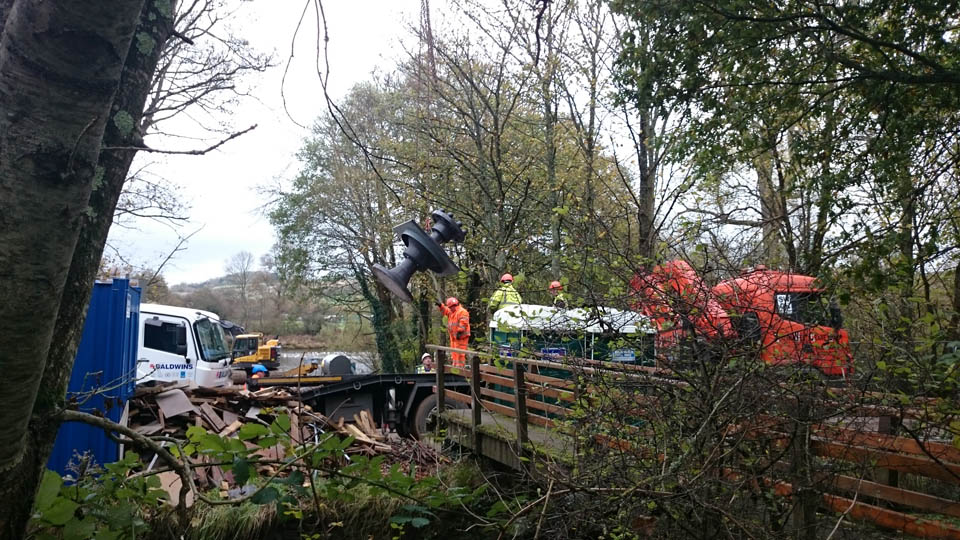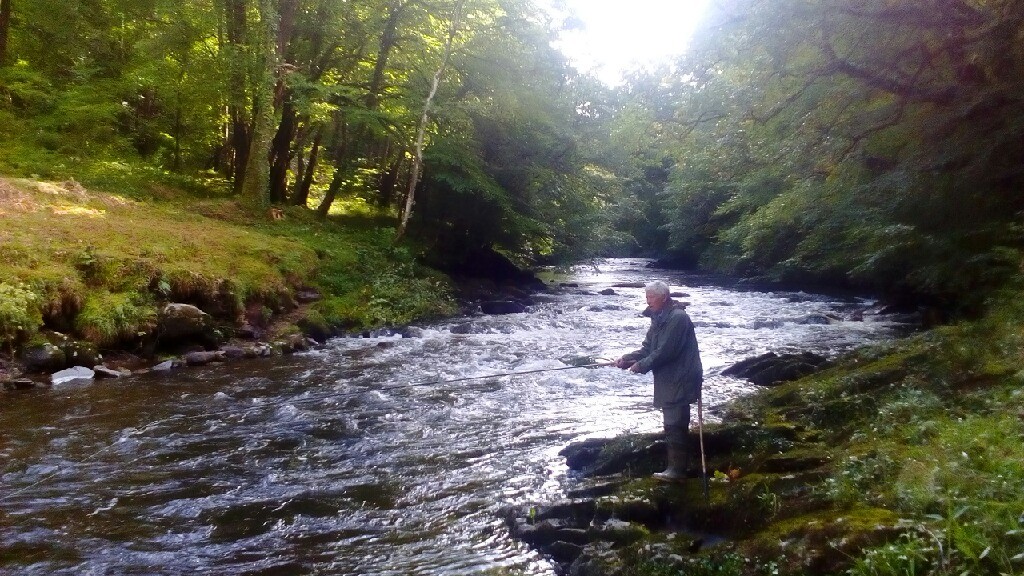It is unclear from the article whether there is any evidence of harm to wildlife in this case or if it is a perceived danger.
NEWS – all categories
How the Dart used to be?
Amazing aerial shots of one of the world’s largest salmon runs.
DEFRA salmon protection measures
· In light of the long-term decline in salmon stocks, Defra and the EA are considering a ban on the killing of wild salmon unless the rivers or estuaries can demonstrate the fishery is sustainable.
· The changes being explored would include:
– the suspension of commercial net fisheries
– mandatory catch and release of salmon for recreational anglers
– rules on angling methods to reduce the accidental killing of rod and line caught salmon.
· Measures in the Environment Agency’s five-point approach include:
– Improve marine survival
– Further reduce exploitation by nets and rods
– Remove barriers to migration and enhance habitat
– Maximise spawning success by improving water quality
– Safeguard sufficient flows
Press release follows:
DEFRA, 19/11/15
SECURING THE FUTURE OF OUR SALMON STOCKS
New measures to protect wild salmon stocks in English rivers and estuaries by ensuring all fish caught are returned to water have been outlined by Fisheries Minister George Eustice following a summit with the Environment Agency, angling organisations and fishermen today.
The plans, which are currently being explored with the Environment Agency, would be open for consultation in 2016 and would help to address the long-term decline of this migratory species by ensuring more of these iconic fish continue their migration through our rivers and estuaries to spawn. This approach is in line with the 77% of recreational anglers who already return their catch to our waters.
Commenting on these plans, Fisheries Minister George Eustice said:
“The sight of salmon leaping in our rivers has always been an essential element of our countryside, but a combination of factors including climate change means their numbers are in sharp decline and we must act.
“While some of the cause of their decline occur at sea and are beyond our control, this summit will explore what measures we can take to help salmon recover, including creating more fish passes, reducing the taking of salmon through netting and angling, and improving water quality.”
These measures are consistent with the Environment Agency’s existing five-point approach to salmon conservation which includes reducing exploitation by nets and rods, removing barriers to migration, enhancing habitats and improving water quality to increase stocks.
Commenting on these developments, David Rooke, Acting Chief Executive at the Environment Agency said:
“Since 2009 the Environment Agency and our partners have installed 63 fish passes on England’s main salmon rivers, which combined with removing or altering other barriers have opened up 5,767 kilometres of river, and have reduced or removed 44 unsustainable water abstractions on salmon rivers. We’ve already made progress but there is still much more to do.
“Our 5-point approach to securing the best future for salmon will see us increasingly working in partnership to ensure further action to safeguard this iconic species and we can’t do it alone. We’re inviting others to work with us to do all we can to support salmon stocks in future years.”
The UK Government has already supported a number of measures to protect this important species at home and is working at an international level to manage fishing in the North Atlantic salmon feeding grounds at the Faroe Islands and West Greenland.
Salmon farming problems in Canada and beyond
Alexandra Morton’s views on salmon farming problems in Canada and beyond. Worth a watch.
https://www.youtube.com/watch?v=mFyehEwSZ8k
US approves genetically modified salmon for food
Totnes Hydro – First turbine put in place
On thursday, the first of two Archimedean turbines was put into place at the Totnes hydro scheme. It was planned to locate both of the turbines into their channels but delays to their arrival only allowed enough time and daylight to install one of them, with the other re-sheduled for the next day.
A 300 tonne capacity crane stood waiting, ready to unload the turbines and swing them into position.


When the turbine eventually arrived there was a short pause to attach the linkage that will transfer the drive to the generator’s gearbox and to adjust the crane’s lifting strops.

With this done the turbine was lifted again and swung into position above its channel.


The other screw was due to be installed today (fri 13th!). We hope all went well.
The coffer dam should be gone within about two weeks and the plant is due to be working before the end of next month.

The fish counter will also be installed and should be working before the start of the 2016 season. The counter is long awaited and will be invaluable in the management of the river.
The Dart & Teign River Improvement Project (DTRIP)
The following quote is from the DTRIP report and describes its scope. The project has recently come to a conclusion.
“The Dart & Teign River Improvement Project (DTRIP) was a Defra-funded Catchment Restoration Fund Project administered by the Environment Agency. The project was written and delivered by the Westcountry Rivers Trust, and steered by its catchment partnership…”
“…This report documents the works delivered under the DTRIP and describes how these works were targeted to ensure that efficient on the ground management was delivered effectively throughout the catchment.”
You can see the full report here. It is a pre-publication copy and contains a couple of mistakes, which you will easily spot. The authors are aware of this.
2015 Catch return
Catch return forms for the 2015 season will be sent out to members soon. Please complete them and send them back to Hon Sec as soon as possible to give Phil time to collate the information in time for the AGM. If you can’t wait to receive your form by post, here is a .pdf copy.
Perseverance
Suspected illegal fishing
Would members please keep an eye out for a black C reg Mitsubishi with dark tinted windows. The owner is suspected of illegal fishing. If anything suspicious is seen please call the EA hotline 0800 807060.
